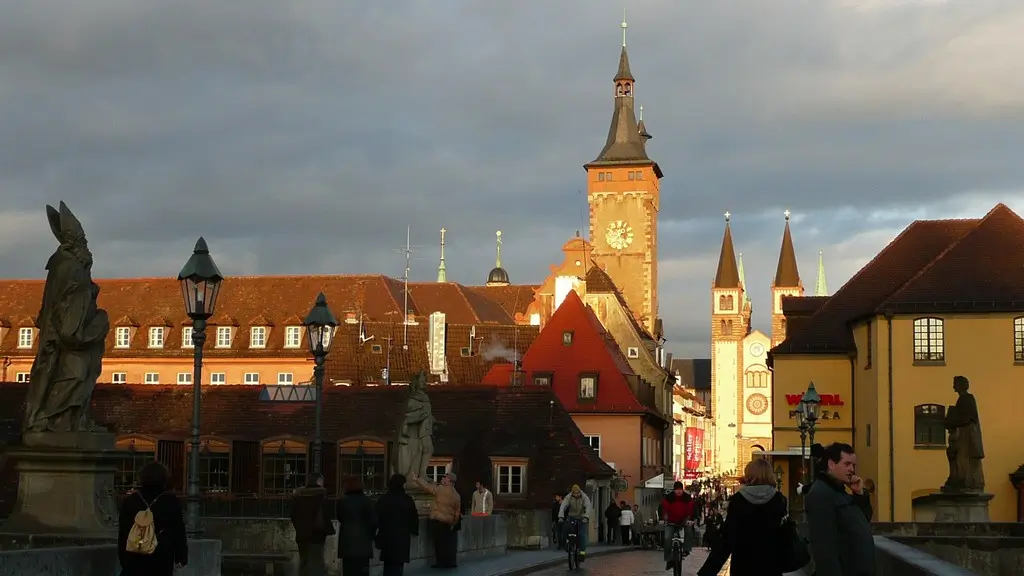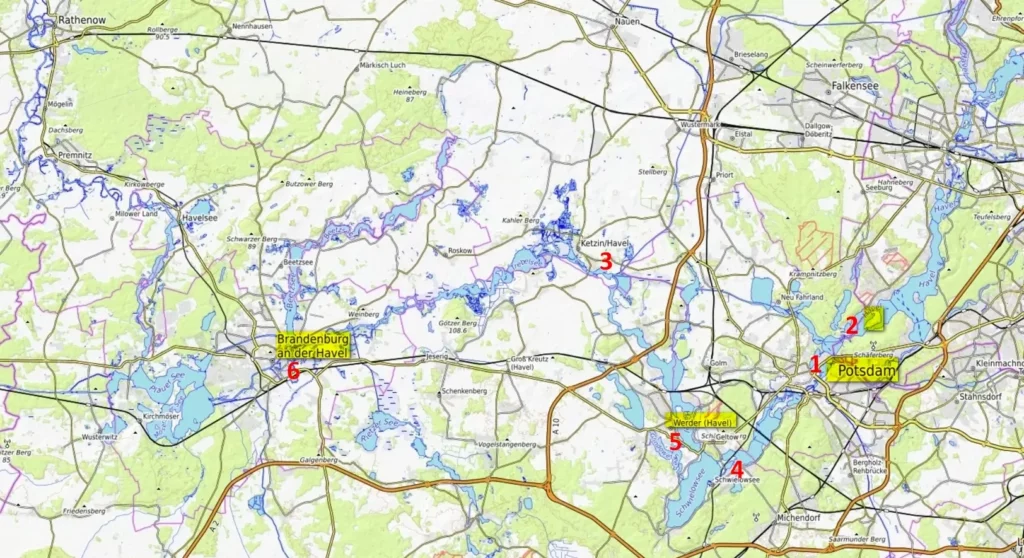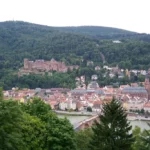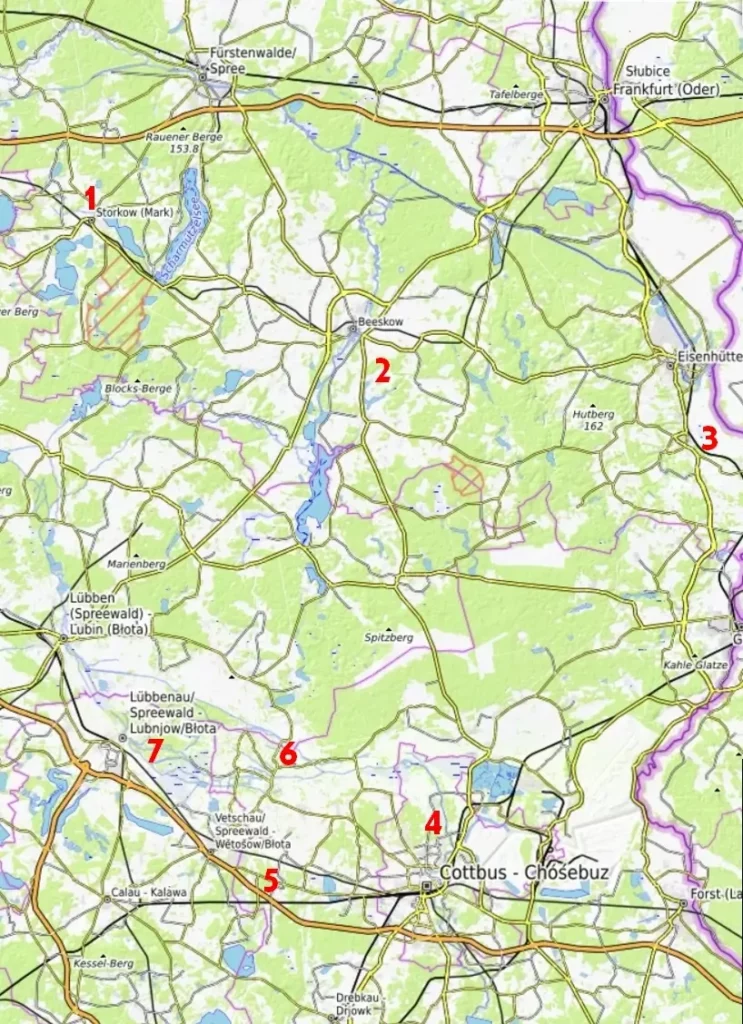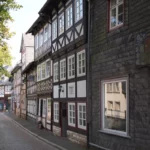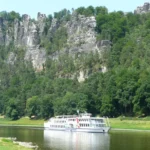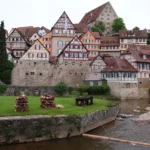Last Updated on 07/11/2024
The Main in Würzburg is already a wide river. The city is squeezed between hills that narrow here, which adds to its picturesqueness. The Romantic road begins in Würzburg.
Unfortunately, 80 percent of the city was destroyed by the British Air Force in 1945. But what remained and was restored is worth visiting. Sightseeing will require at least half a day / a whole day. In addition, Würzburg can be a base for a stopover for several days (see maps of attractions in the region).
Main and Spessart map. Würzburg – Hanau
Rococo garden in Veitshöchheim
Attractions around Frankfurt am Main, along the Rhine to Koblenz
Romantic Franconia
Odenwald sightseeing
“Mountain road” Bergstrasse. From Darmstadt to Heidelberg
Rothenburg what to see
A little history
The Celts built walls and a cult building on the hill above the Main after 1000 BC. Around 100 AD, the Germanic tribes invaded the area.
Around 500, the first Frankish settlement appeared on the right bank of the river.
The first mention of the Virteburch castle dates back to 704. In 689, the Irish missionary monk Kilian and his followers were martyred. In 788, the first cathedral was founded.
City fortifications began to be built in 900.
In 1156, Emperor Barbarossa married Beatrice of Burgundy in Würzburg.
1333 – The first stone bridge across the Main.
1402 – The first university was founded, and in 1481 the first book was printed in the city.
In 1631, the city was captured by the Swedes.
Since 1814, Würzburg belongs to Bavaria.
Wilhelm Conrad Roentgen discovers X-rays in Würzburg in 1895.
In 1945, the city was destroyed during bombing. 5,000 residents died.
What to see in Würzburg
If you can’t see the map, turn on ads and cookies
The train station is located very close to the city center, we will start our journey from there and head to the Market Square.
Market Square (Marktplatz) (1)
The Marktplatz was created on the site of the Jewish ghetto, which was destroyed in 1349.
The arcaded baroque buildings were designed by Balthasar Neumann (18th. century).
The red Gothic Church of St. Mary was built on the site of a synagogue in 1480; the interiors were destroyed during the bombing, but the valuable medieval portals survived.
Nearby (on the right in the photo) is the “House of the Falcons” – a richly decorated house in the Rococo style. Today it houses a tourist office and a library.

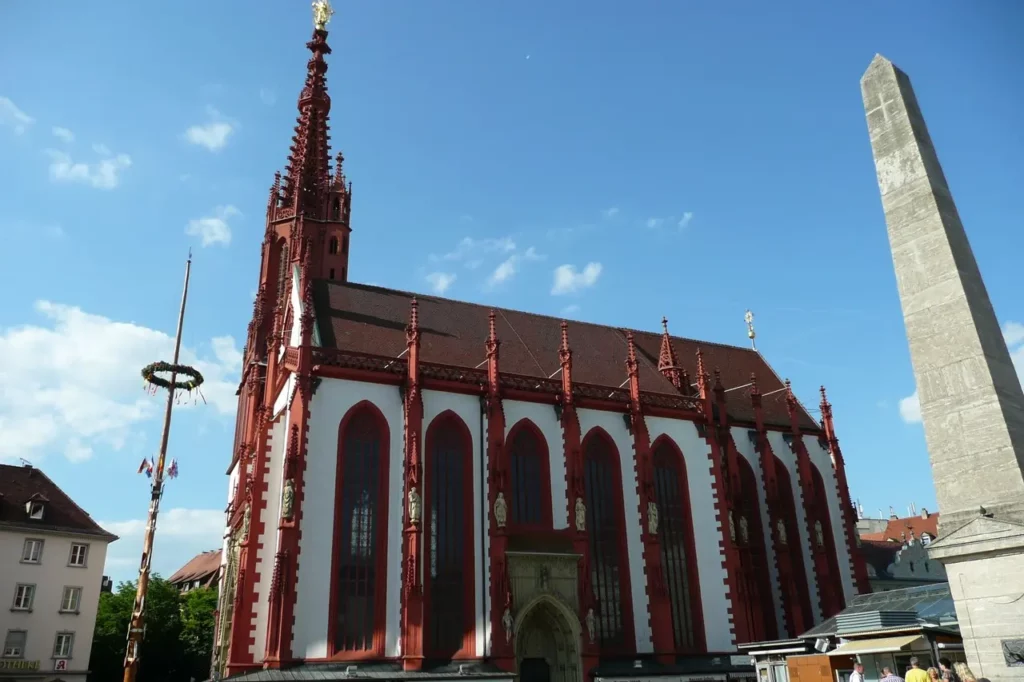
Adam and Eve by Tilman Riemenschneider (15th century). There are copies now, the originals are in the museum in the fortress.
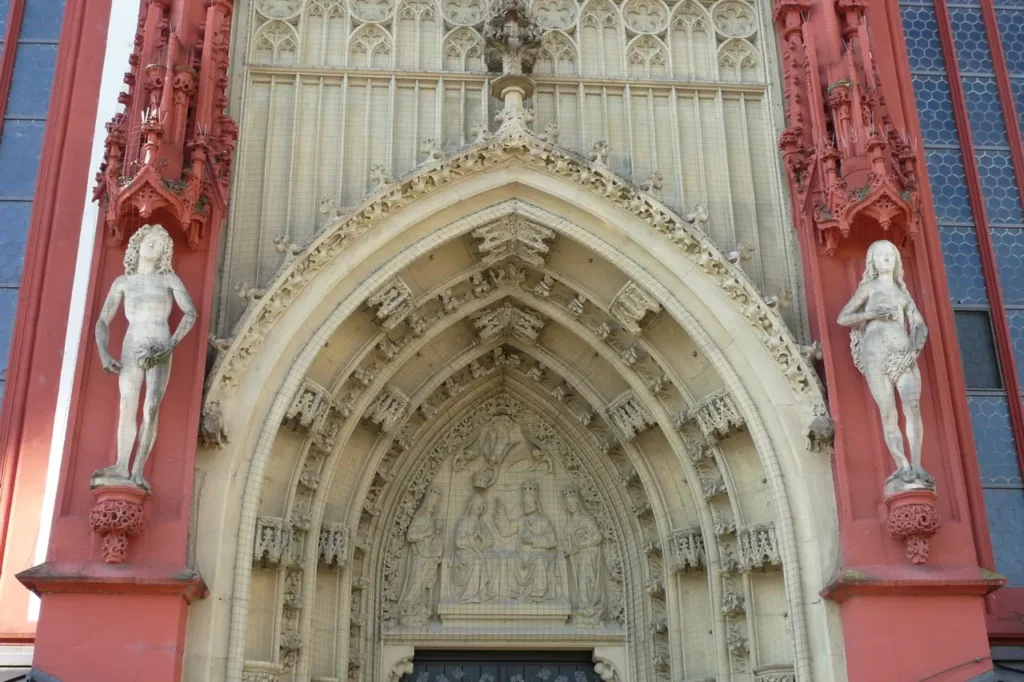
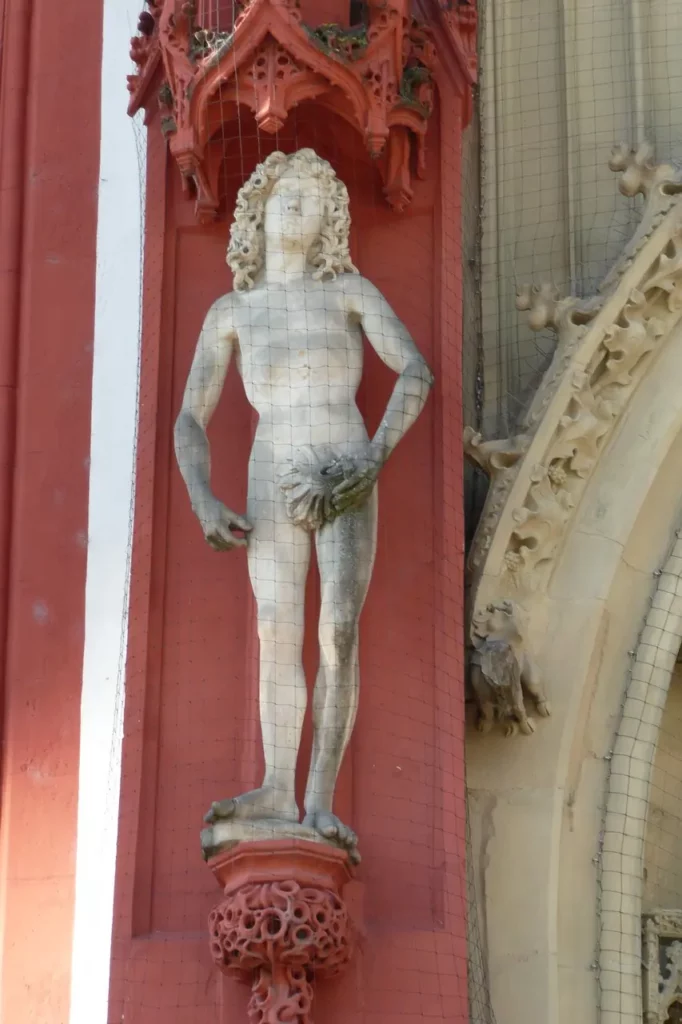
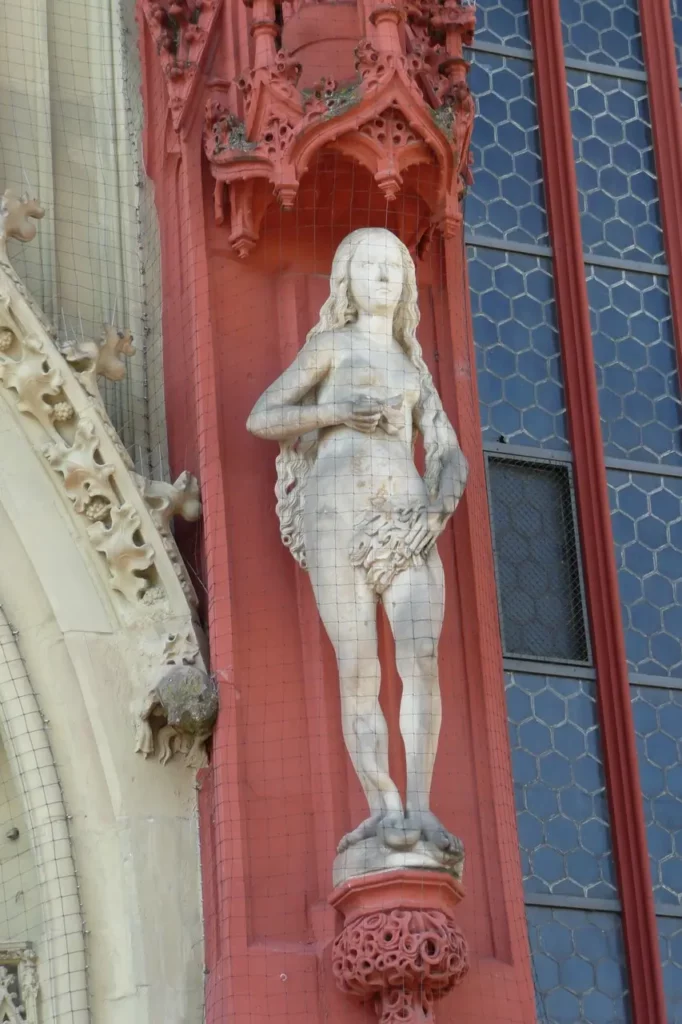
Old crane (2)
Next on the route is the old crane (1773), next to it is a wine house and an art museum, in an old grain storage facility that was converted at great expense to serve as a museum.

From here you have goog view on the Old Bridge and the fortress.

Old Bridge (3)
The Old Bridge over the Main was built in 1133, but was almost completely destroyed in the 15th century and rebuilt. The statues on the bridge depict saints, bishops and the Frankish king Pippin.


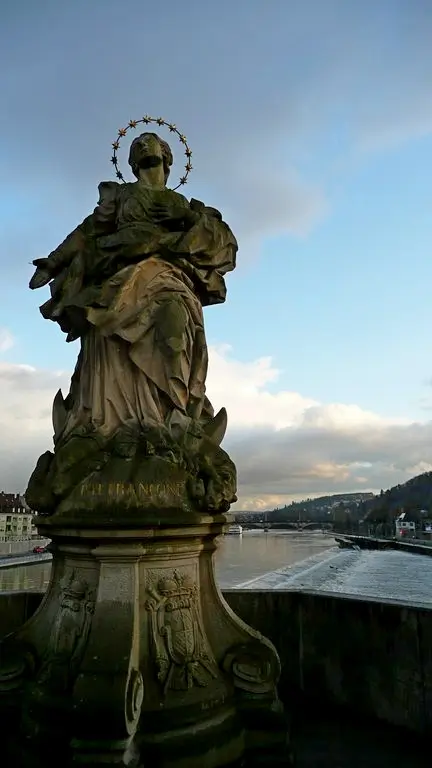
We head to the fortress, and on the way there we will stop by the Church of St. Burkard (5, in the photo below the yellow one). There we are interested in the Gothic choirs and the statue of Our Lady by Riemenschneider. The church was built in honor of the first bishop of Würzburg, who founded a Benedictine monastery in 750. From the building of 1042, the nave, two towers and Gothic roof have been preserved.
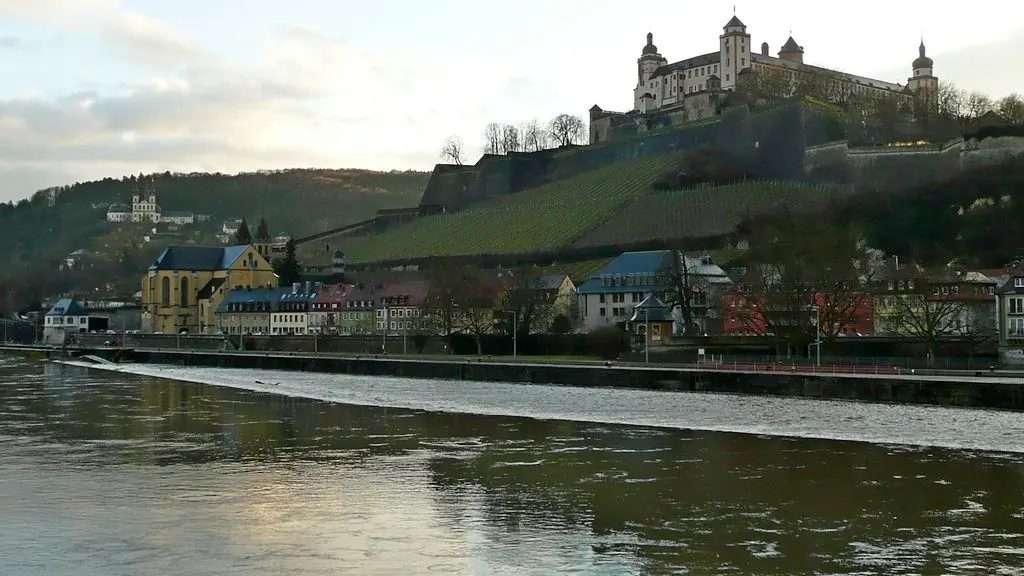
Fortress Marienberg (4)
We climb up to the Marienberg fortress. At first, there was a Celtic princely fortification on this site, then the residence of the Franconian-Thuringian dukes. In 1253, a new fortress-residence of the bishops was built.
The palace was expanded in the 16th century. In 1631, the Swedes captured the fortress, and after the end of the Thirty Years’ War, bastions were built. Later, the fortress served as barracks, burned during the war, and then became a museum.
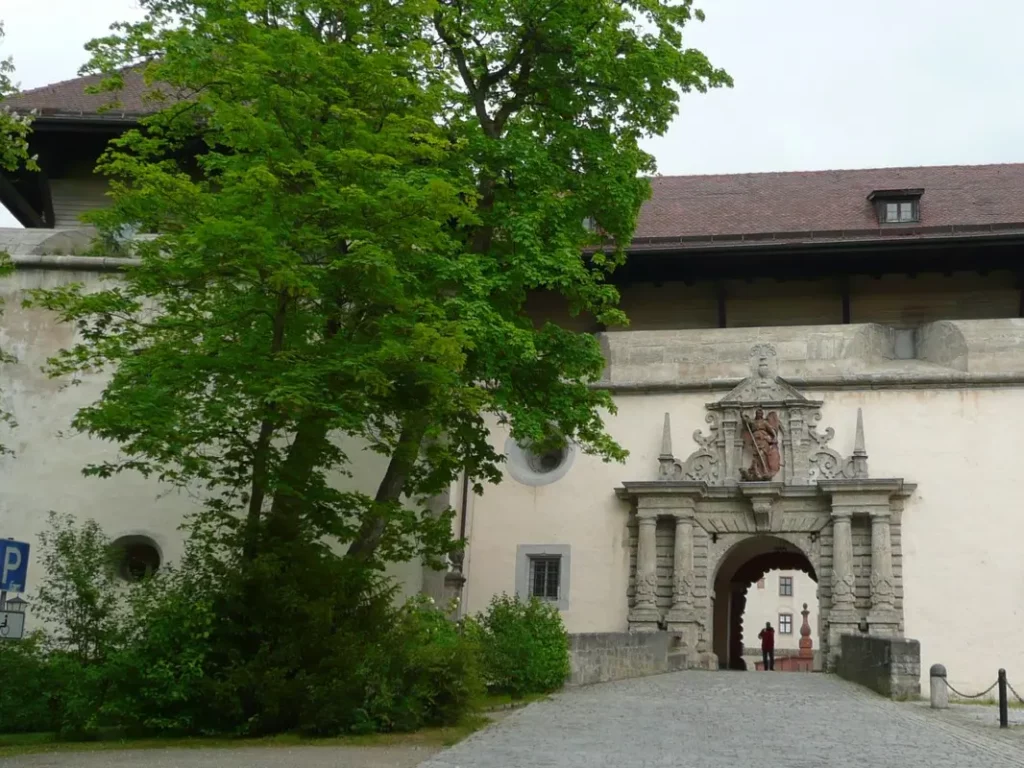
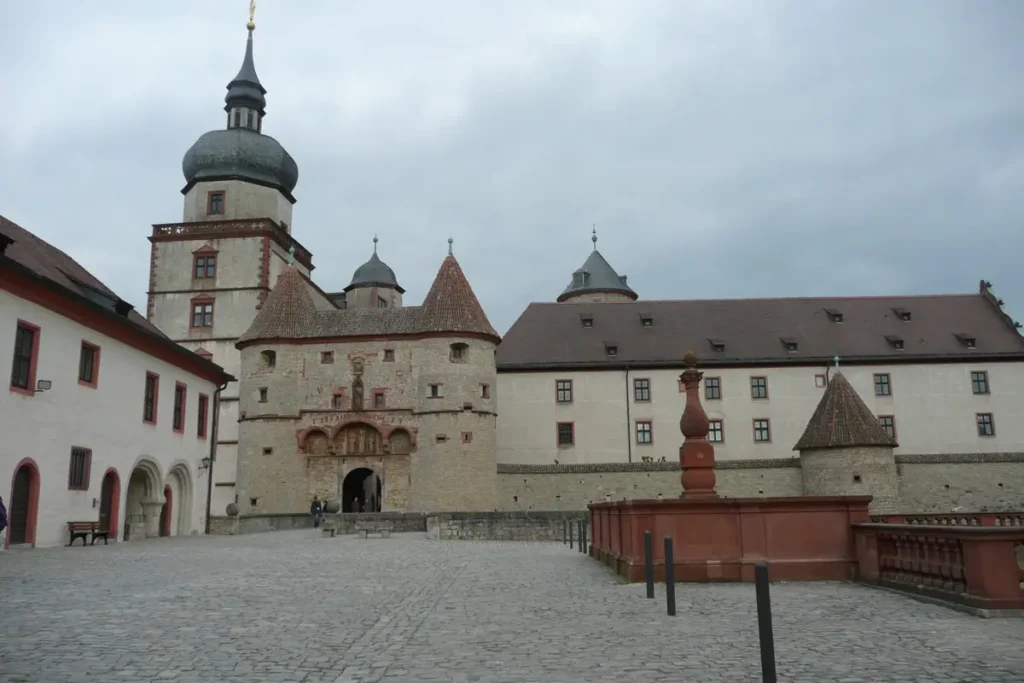

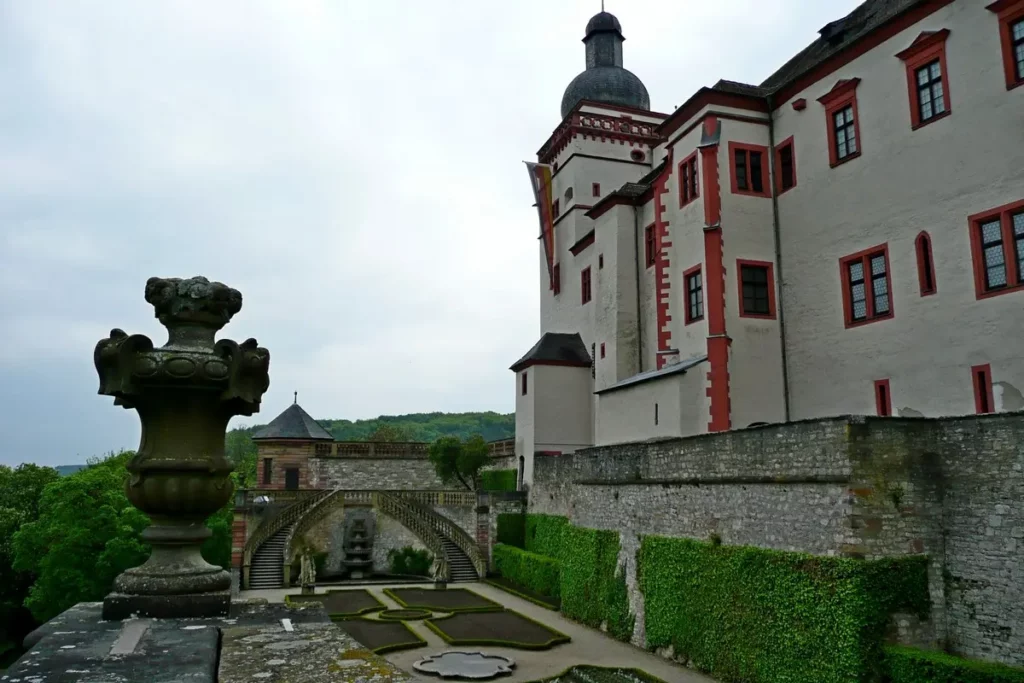
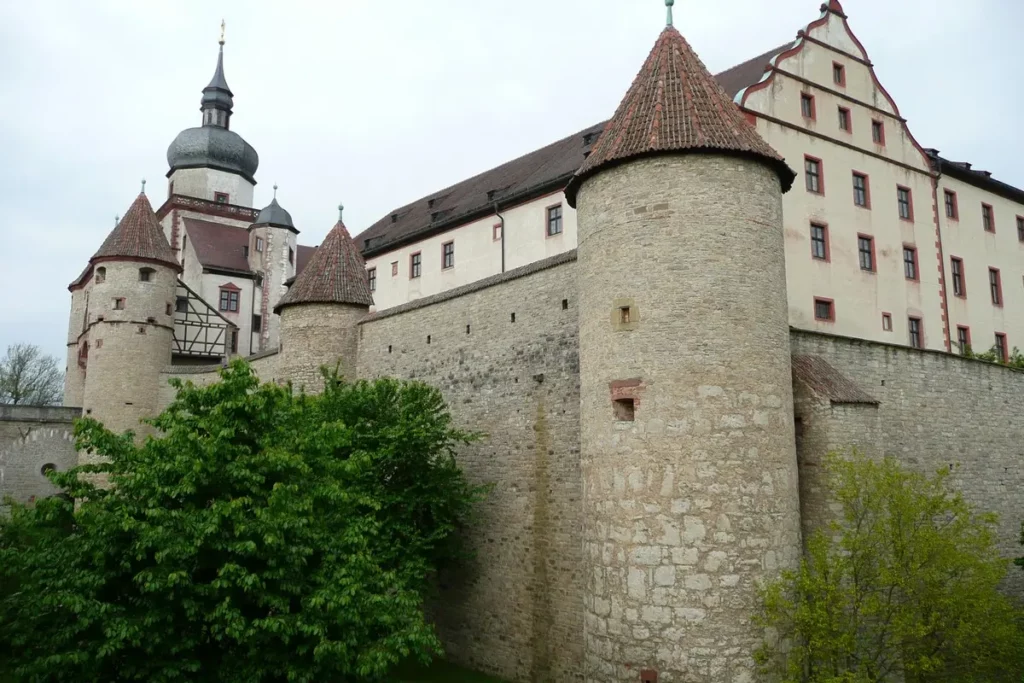
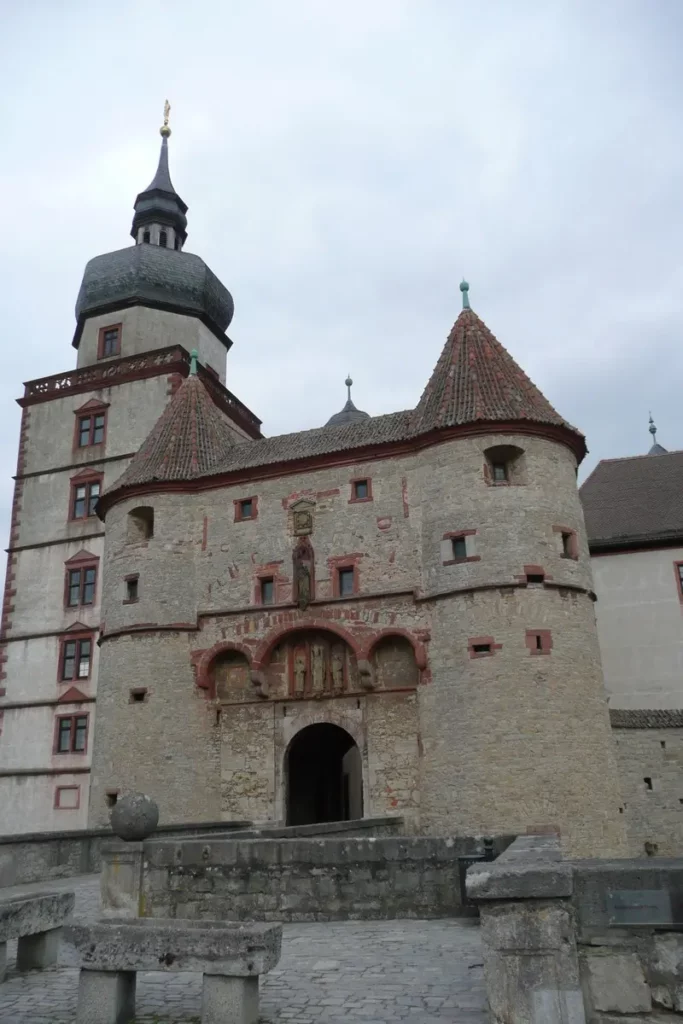
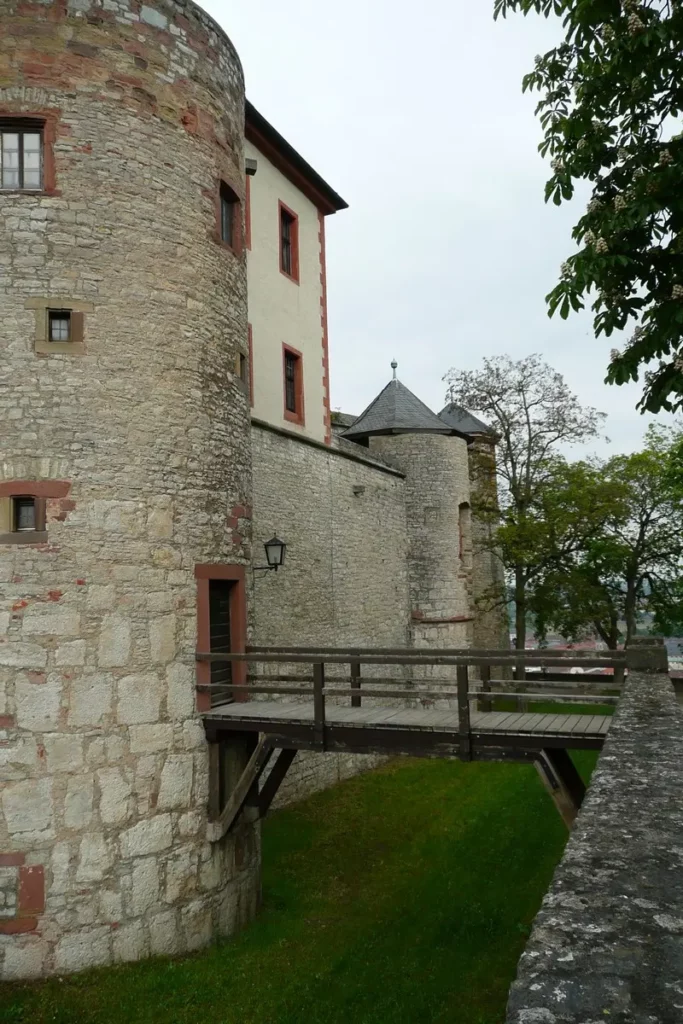
There are now two museums in the fortress: the Main-Franken Museum and the Fürstenbaumuseum.
The first one presents archaeological finds, the history of the city, works of art by local artists from different eras (paintings, sculptures, furniture, costumes, etc.). An entire hall of the museum is dedicated to the works of the Renaissance sculptor Tilman Riemenschneider, who worked in Würzburg from 1483, among the paintings – Lucas Cranach the Elder.
The second museum contains the bishop’s chambers.
But even if you don’t go to the museums, it’s still worth climbing up to the fortress – it offers a wonderful view of the city and the Main Valley.
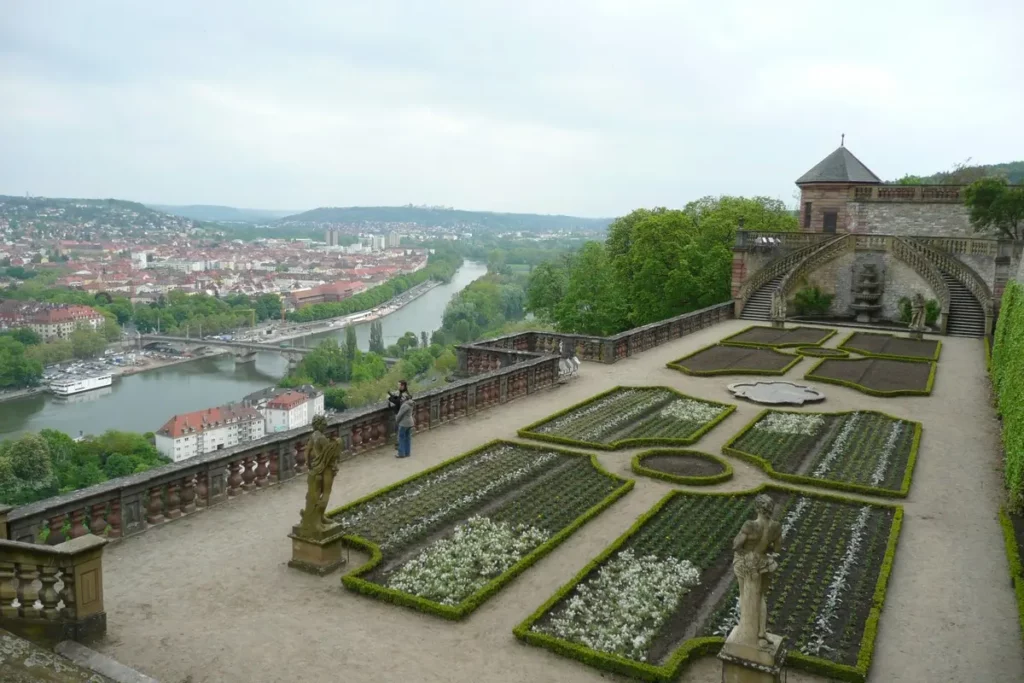

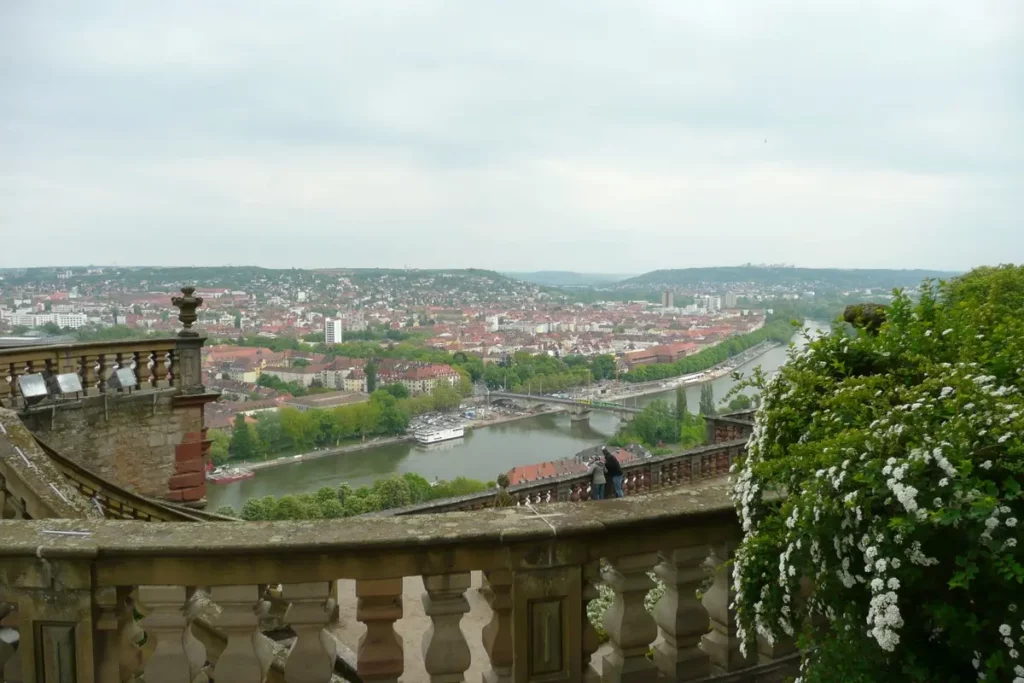
The beautiful yellow and white church on the nearby Nikolausberg hill is the Baroque pilgrimage church Kapelle (6), built in the mid-18th century by Balthasar Neumann.
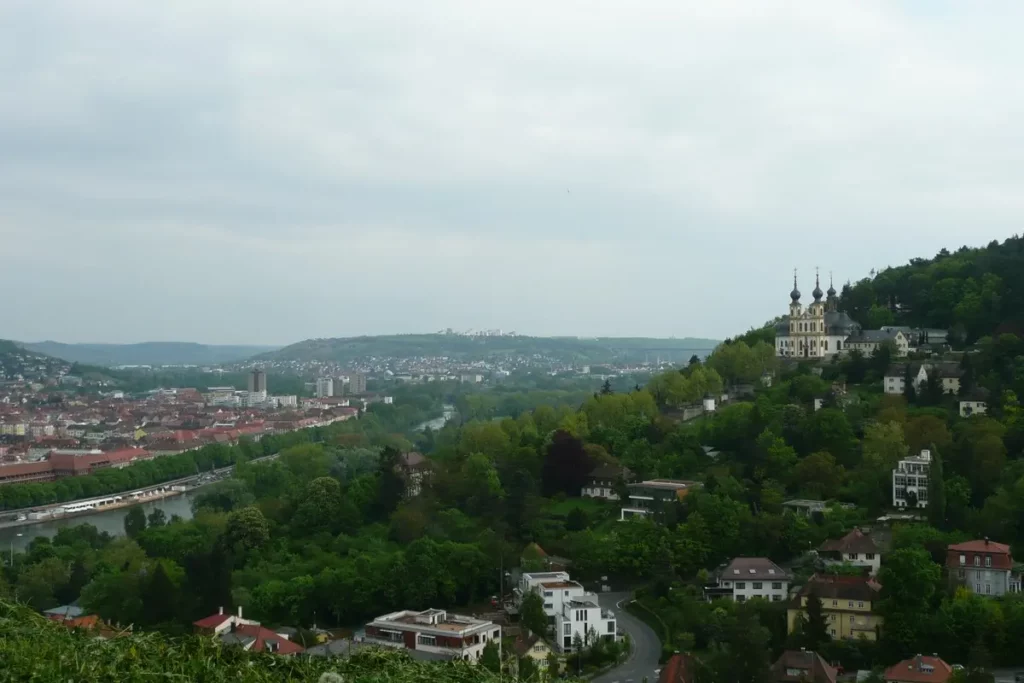
We return back to the Old Bridge and go straight ahead, to the Cathedral. On the way there will be a building of an unpleasant brown color – the Old Town Hall.
Old Town Hall (7, Grafeneckart)
The city council bought the house with the tower from 1316 from the noble family Grafeneckart and made it into a town hall. Later, more floors were added. Behind the town hall are courtyards and wine restaurants.
This town hall is the only surviving Romanesque building in Würzburg. The Wenceslaus Hall (the Emperor who promised the city free imperial status but went back on his word) in the tower of the town hall dates back to the early 13th century. To see this hall, join a free tour of the town hall (from mid-May to the end of October at 11 am every Saturday, except on days when the town hall hosts events).
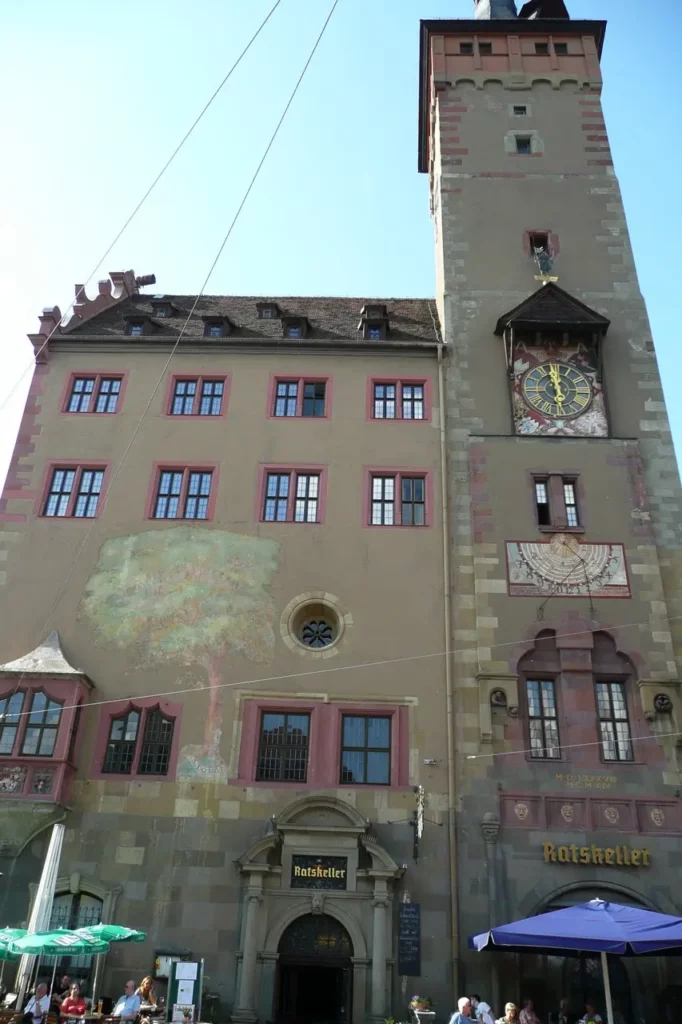
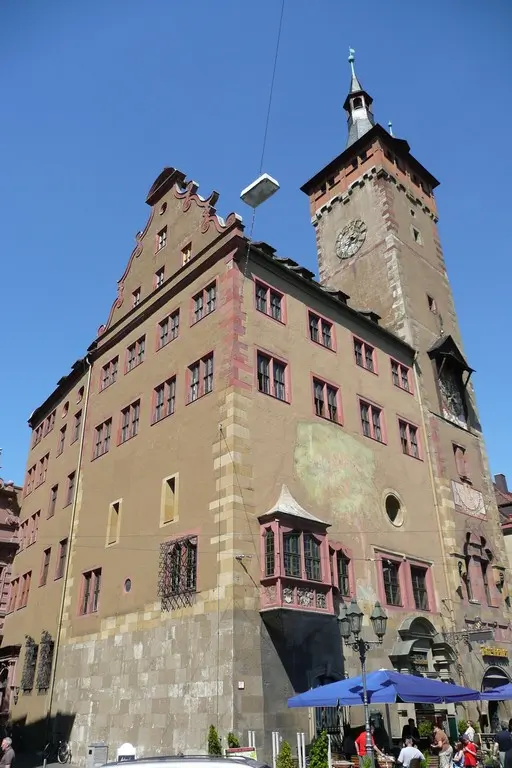
Follow me
Cathedral (8, Würzburger Dom)
The cathedral is hidden by the surrounding buildings and only the façade can be seen from the street. The building in its current form was built in 1188. The interiors were rebuilt in the Baroque style in the 17th century, but everything burned down in 1945. In 1946, one of the walls and the dome collapsed.
Until 1989, the cathedral was restored; two baroque altars and statues from the 13th-14th centuries have been preserved from the original interiors. There is a museum at the cathedral, presenting church works of art from the 11th century.
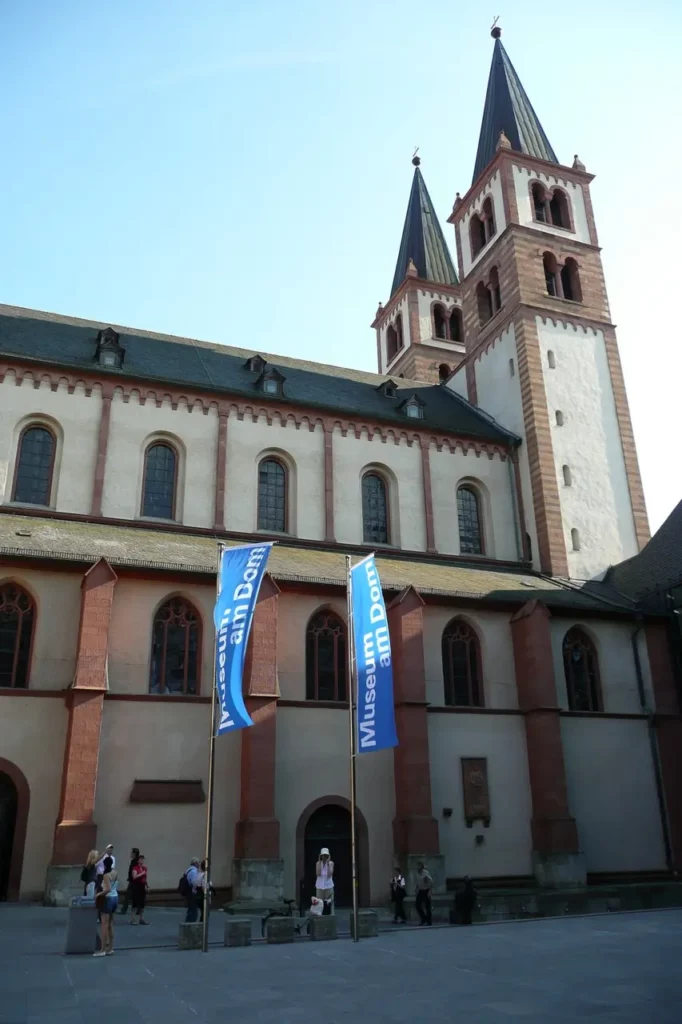
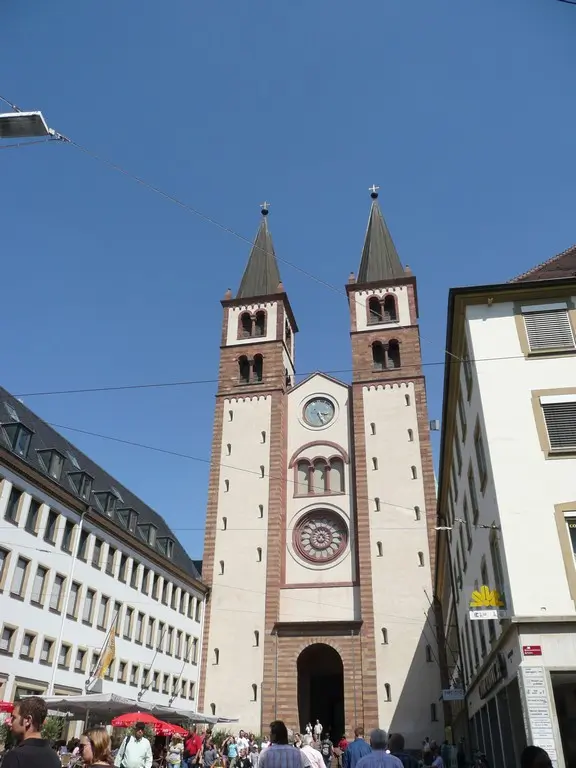
Next to the cathedral is a church with a large round dome and a typical Baroque façade – the Neumünster Church. In fact, the church is very old, it was built on the site of the first cathedral (founded in 788 in the presence of Charlemagne) and the burial place of St. Kilian. The Romanesque bell tower (1250), the Romanesque cloister and early Gothic statues have been preserved. The façade and dome were added in the 18th century.

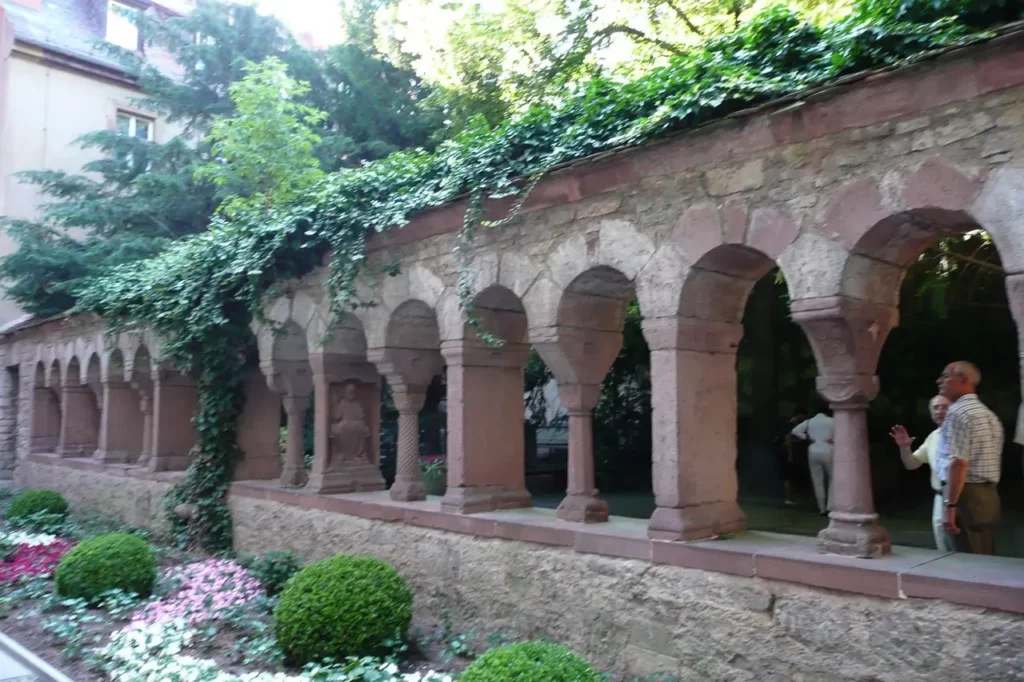
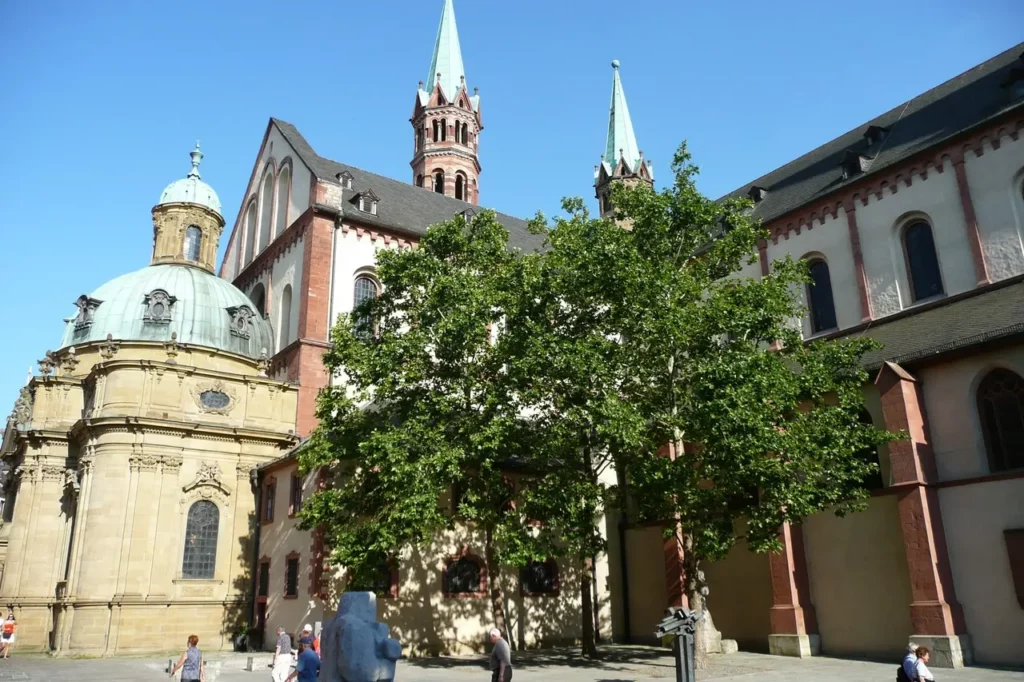
Residence (9, Residenz Würzburg)
By the 18th century, the Marienberg fortress seemed outdated and did not correspond to the status of the prince-bishops. And in 1720, Philipp Franz von Schönborn, who had become prince-bishop, began to build a new residence, using funds that the treasury received after the confiscation of the property of the previous treasury manager, Gallus Jacob.
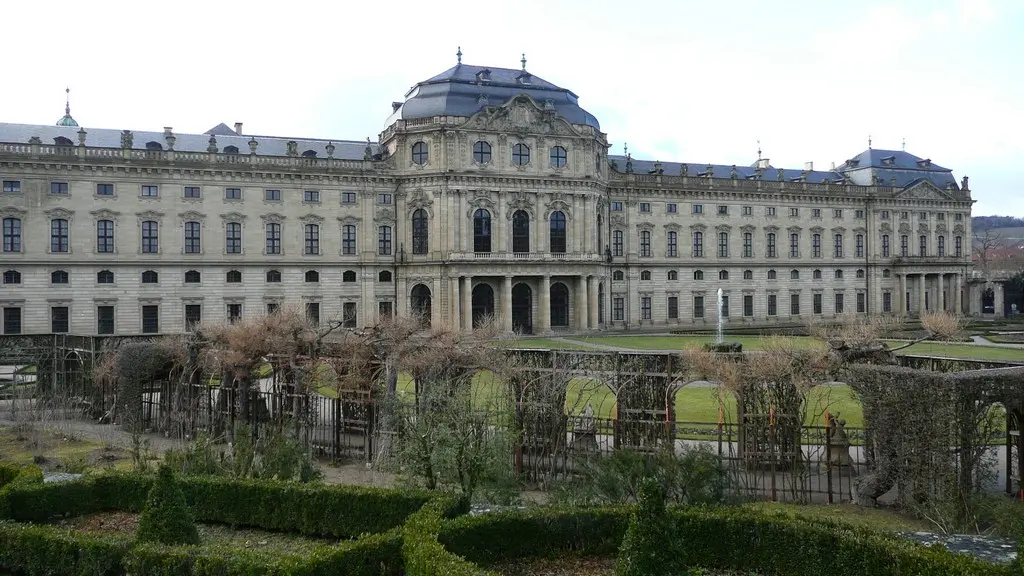
The residence was completed in the mid-18th century. The construction was supervised by the famous architect Balthasar Neumann. Neumann created, among other things, the dome over the main staircase (18 by 32 meters), which even withstood the bombings of World War II, and the palace church.
In 1751, Giambattista Tiepolo and his sons were invited to decorate the interiors, creating ceiling frescoes in the Imperial Hall and above the main staircase. The other halls were also decorated in the Rococo style.
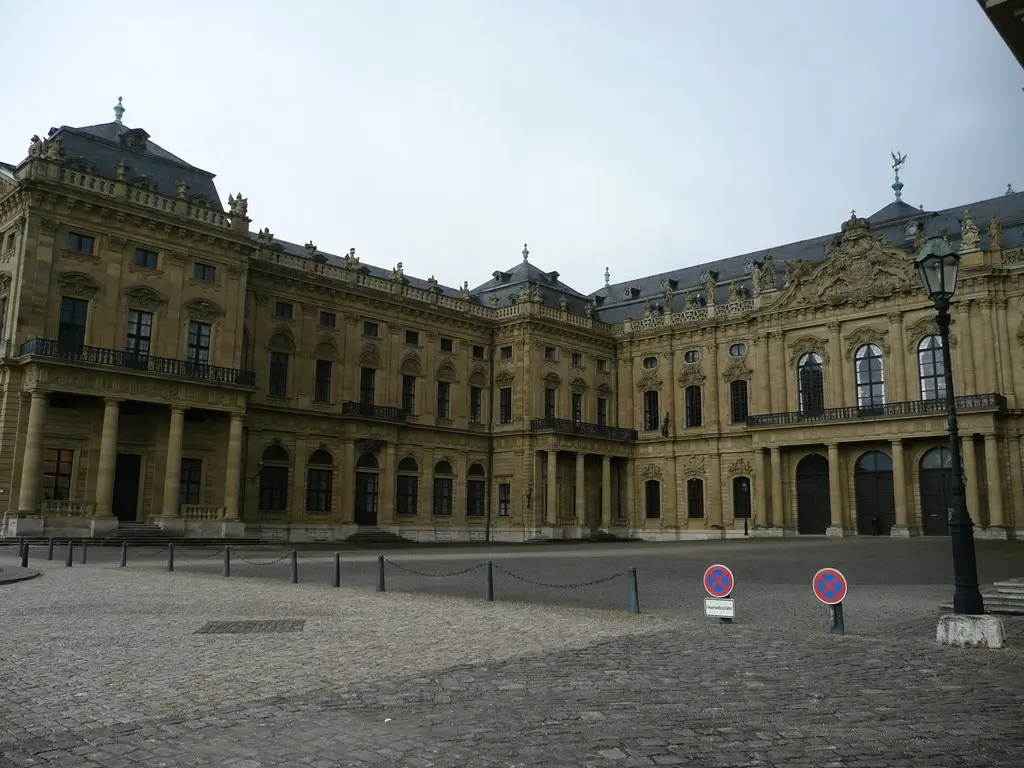
The central complex survived the war, the rest of the premises were destroyed by fire. Partially destroyed interiors were restored after the war, including the Mirror Hall and the interiors of the palace church. Since 1981, the residence has been included in the list of UNESCO world cultural heritage sites.
The Mirror Hall and the southern apartments can only be viewed with a group. The Mirror Hall was restored quite recently. Its highlight is the images that are visible under the mirrors. The secret of making such images was lost, and this is why the restoration of the hall was delayed for a long time. Tours in English are held at 11:00 and 15:00, in German – every 20-30 minutes. This is the case when the tour is worth the wait.
Under the residence there are huge wine cellars (4 thousand square meters, up to 10 meters high). It is also worth visiting the small palace garden with terraces and fountains.


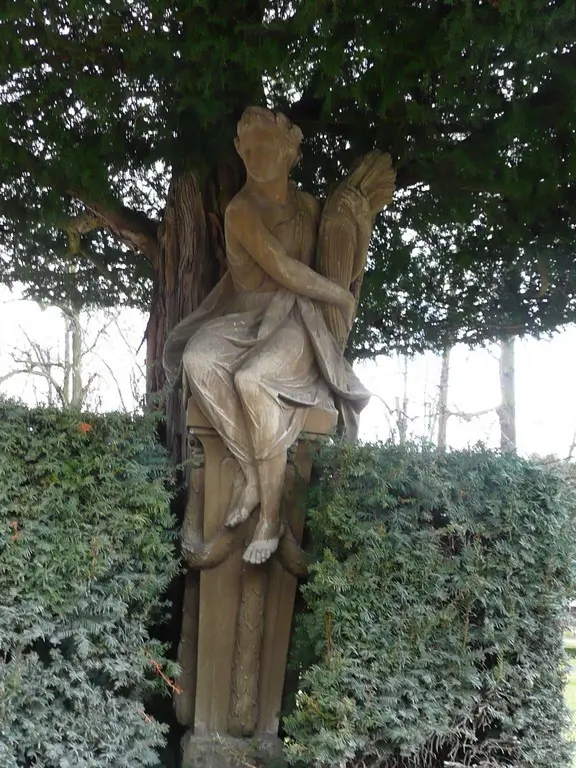
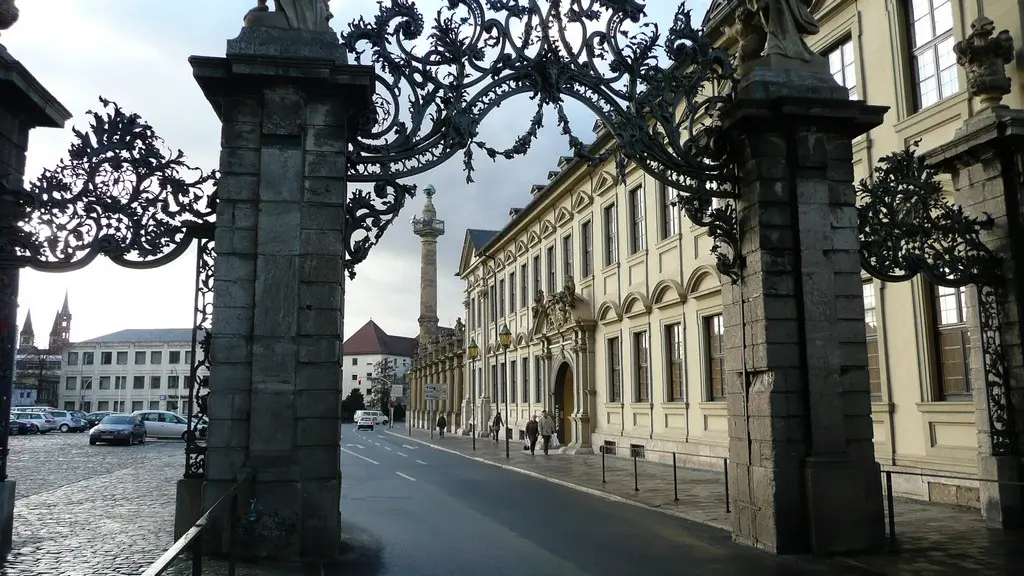
One wing of the residence is occupied by the Bavarian State Archives, the other is used by the university. In particular, the largest university museum in Europe (Martin-von-Wagner-Museum) is located here. The collection consists of drawings, paintings, antique statues and other antique finds, medieval works of art.
From the residence you can return back. On the way we will stop at the Bürgerspital. Here the clock on the facade at 13, 15, 17 o’clock every day shows a performance – three Franconian apostles and a procession of pilgrims.
If time and weather permit, it is worth taking a boat or train to Veitshöchheim, the former summer residence of the prince-bishops. The palace is not so much interesting as the garden, one of the best rococo gardens in Germany (built in 1755). The boats depart from the old crane. Rococo garden in Veitshöchheim
Other sights from Würzburg to Frankfurt and along the Main – Main and Spessart map. Würzburg – Hanau
Attractions around Frankfurt am Main, along the Rhine to Koblenz
Romantic Franconia
Odenwald sightseeing
“Mountain road” Bergstrasse. From Darmstadt to Heidelberg
Rothenburg what to see

